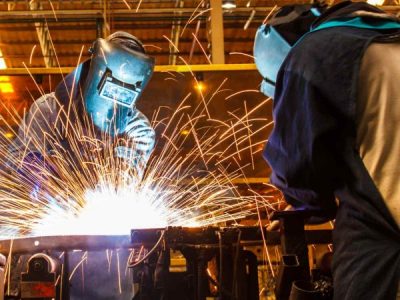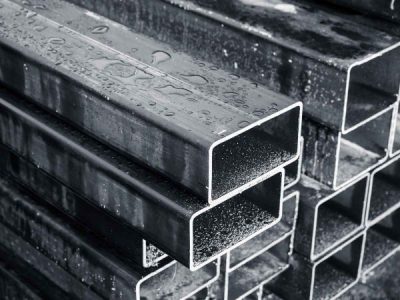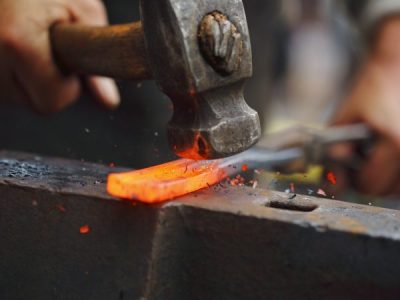A construction job comes with plenty of decision making – perhaps more than you’d prefer! At every stage, you want to be making the most effective (and economical) choice. Choosing between structural steel and concrete is a particularly important decision for builders. We may be biased, but at E M Steel, in our opinion, there’s a clear winner. Read on to learn why steel is structurally better than concrete.
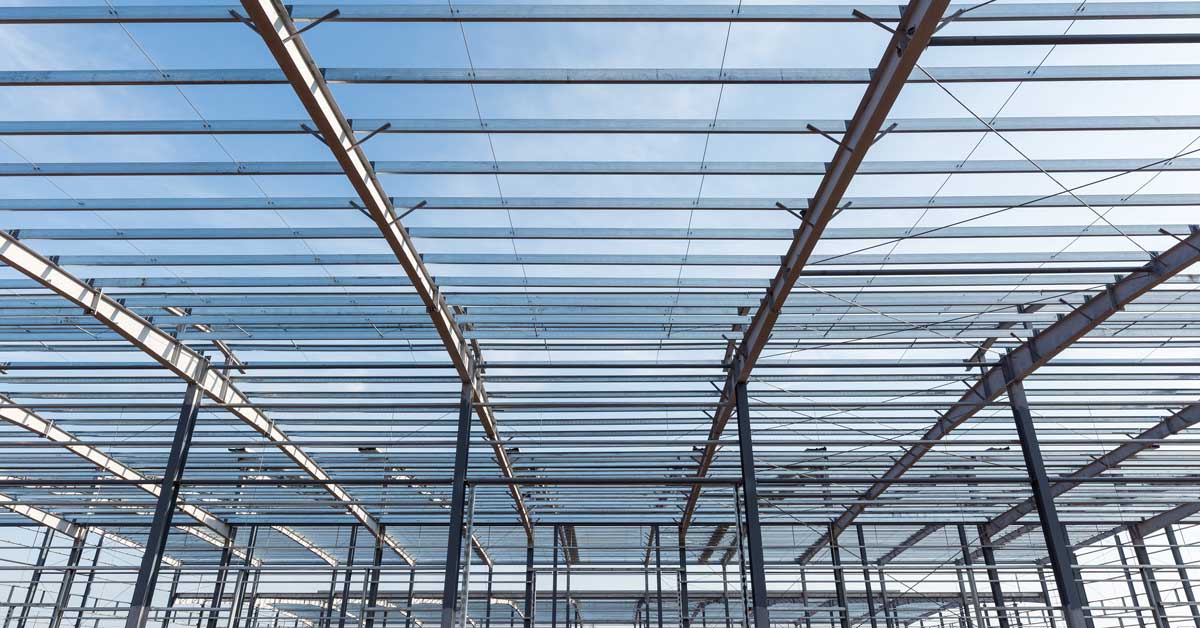
Steel Is A Highly Sustainable Material
Steel is almost 100% recyclable. Concrete can be crushed and used in future mixtures, as the elements within this construction material are natural to our environment. However, 90% of all structural steel used today is created from recycled steel, making it the best construction material choice in terms of sustainability.
Because of its long lifespan, steel can be used and adapted many times with minimal compromise to its structural integrity. Plus, when manufactured and fabricated, steel has very little impact on the environment.
Steel Is Cheaper Than Concrete
As a significant portion of steel manufactured today comes from recycled materials, this makes steel far cheaper than other construction materials. While the price is subject to fluctuation, it will usually remain cheaper than reinforced concrete. Plus, concrete requires ongoing maintenance, which only translates to further costs over time. Even the process of installing concrete can accrue higher labour costs.
Structural Steel Is Extremely Strong
Structural steel is one of the leading materials used in commercial building construction applications. It’s tough, sturdy and ductile. In the event of extreme storms or earthquakes, steel can retain its structural integrity, which means that the steel elements of the building will not break. Steel may become deformed due to its flexibility only in very severe natural disaster events.
On the other hand, while concrete has a relatively high compressive strength, it lacks tensile strength – which can be highly damaging during a weather event. To increase a structure’s tensile capacity, concrete must be reinforced with steel rebar.
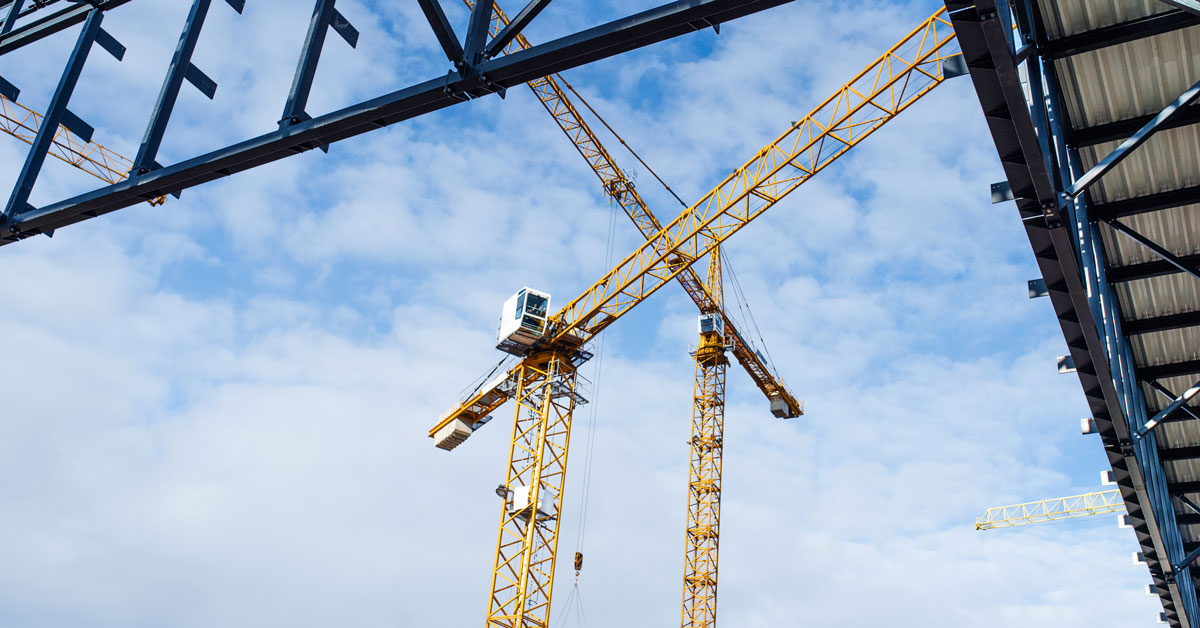
Steel Is Non-Combustible
Construction concrete is naturally a fire-resistant material, however, when concrete is used as a construction material, many other components used are not fire resistant.
On the other hand, while steel is a non-combustible material, its strength is compromised when heated to high temperatures, such as during a fire. However, this issue has been fixed. Steel structures today are now required to be covered by refractory materials that protect against corrosion, parasites and mould.
Steel Is Versatile
Sure, concrete can be moulded into a wide variety of shapes, but it is limited as a construction material when it comes to floor-to-floor construction heights and long, open spans.
In stark comparison, structural steel is well known for its flexibility. This allows steel to be fabricated into a diverse range of shapes, sizes and designs. It can therefore be used for all kinds of applications. Steel can also be used for unique aesthetic designs, such as decorative gates or screens, that materials like concrete can’t compete with.
Steel Is Structurally Better Than Concrete
Ultimately, the benefits of structural steel over concrete as a construction material are hard to ignore. With our decades of experience fabricating structural steel, this doesn’t come as a surprise. Using this construction material means our highly skilled team can always find solutions for even the most challenging projects. Whether you need expert fabrication services, steel sales or custom metal work, E M Steel will get the job done well within your time and budget specifications. Don’t hesitate to contact our friendly team to learn more about our services!

